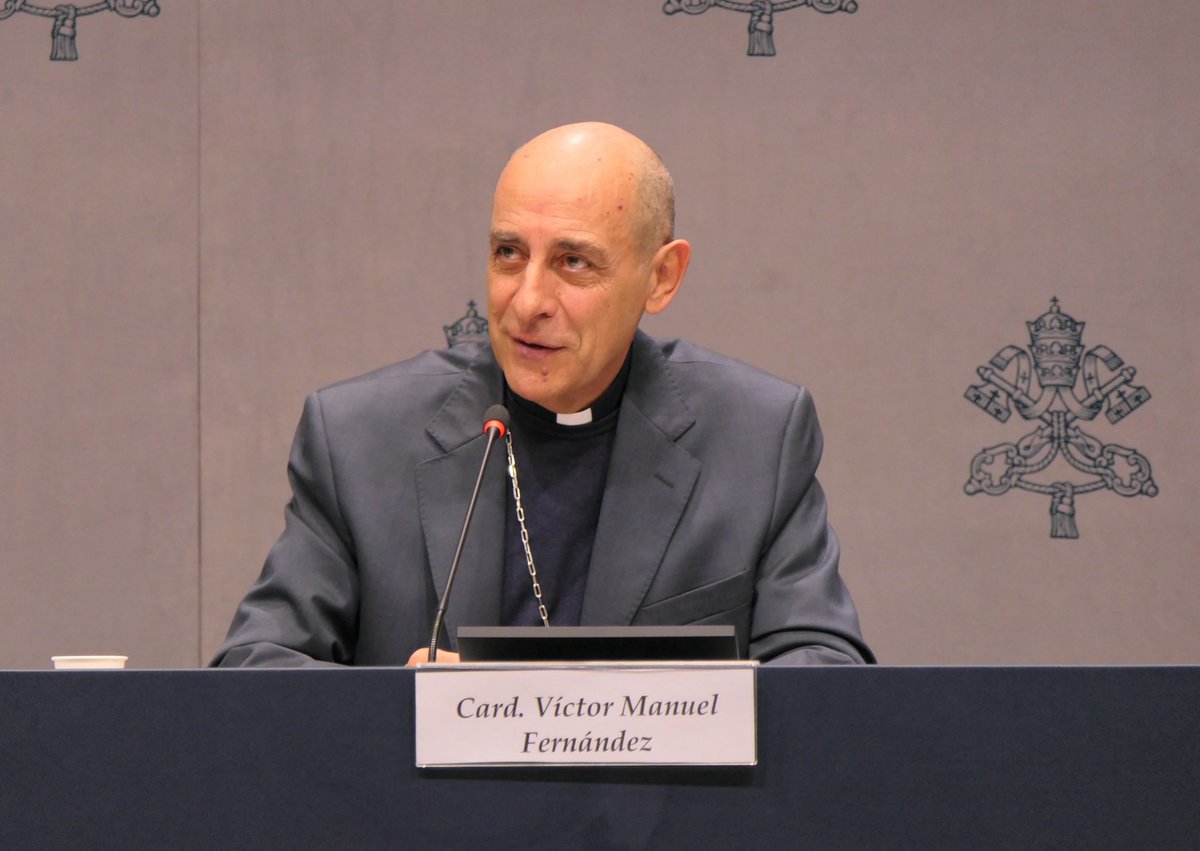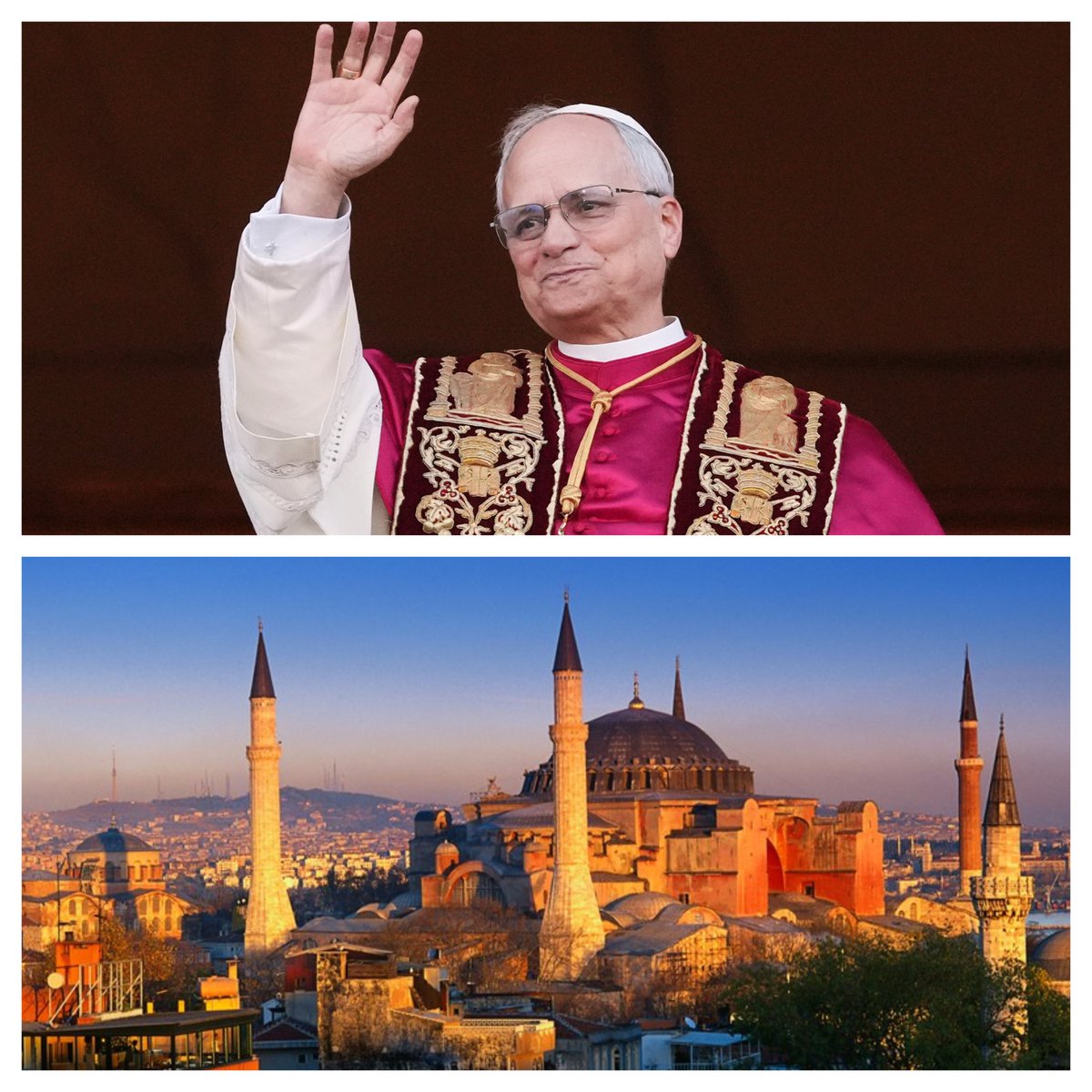Conclave in Rome…
The Search for Bergoglio’s Successor
Day 1: The Conclave Begins
The Chair of St. Peter has been empty since Pope Pius XII died on Oct. 9, 1958, but even the Vatican II Church is currently in a period of sede vacante.
Jorge Mario Bergoglio – the Argentinian Jesuit known as ‘Pope Francis’ – vacated his chair on Apr. 21, 2025, when Almighty God called him to his particular judgment: “Give an account of thy stewardship: for now thou canst be steward no longer” (Lk 16:2).
The task to fill Bergoglio’s chair belongs to the Novus Ordo cardinal electors that will solemnly enter the Sistine Chapel at 4:30 pm Rome time today. With a total of 133 participating electors, it will be the largest conclave in history.
To be elected head of the Vatican II Church, a two-thirds’ majority is necessary, that is, a total of 89 votes. Once a man has received enough votes, he must either accept or reject the election. If he accepts, then the ballots are burned with a chemical agent producing white smoke that will pour out of the smokestack of the Sistine Chapel and thus alert the public to the news; if he doesn’t accept, then the ballots are burned to produce black smoke, likewise signaling to the outside world the result.
There is no set duration for a conclave. It can take mere days, or it can take weeks, or even months and years. It takes place in the Vatican’s Sistine Chapel, built in the late 15th century and named after Pope Sixtus IV (r. 1471-84):
 Where conclaves take place: the Sistine Chapel (Sacellum Sixtinum) in Vatican City
Where conclaves take place: the Sistine Chapel (Sacellum Sixtinum) in Vatican City
(image: Shutterstock/Francesca Leslie)
The Sistine Chapel has been specially prepared for the conclave. Not only has a furnace been installed for burning the ballots and other materials related to the conduct of the secret election, but a temporary floor was put in to provide a single level surface for all participants. Furthermore, jamming technology has been installed/activated to ensure that there can be no communication with the outside via smartphones or similar devices.
- PHOTOS: The Sistine Chapel awaits the arrival of cardinal electors to choose the next pope
- Photos: Sistine Chapel becomes conclave-ready, papal garments are hung
- Secluded in the conclave – expert on technical possibilities
- Jammers to be used to seal conclave ‘bunker’
- Conclave: Officials and staff swear ‘absolute secrecy’
Although everyone is curious, of course, as to who will be elected, there is simply no way to tell.
Names that are frequently mentioned by Vatican watchers are Peter Erdö of Hungary; Robert Sarah of Guinea; Jean-Marc Aveline of France; Fridolin Ambongo Besungu of the Congo; Mario Grech of Malta; Pierbattista Pizzaballa of Italy; Robert Prevost of the United States; Pietro Parolin of Italy; Luis Tagle of the Philippines; and Matteo Zuppi of Italy.
However, as Vatican expert Edward Pentin has said, the race is really “wide open” — there is no clear favorite, and even if there were, history has shown that “he who enters the conclave a Pope, comes out a cardinal”, as the saying goes (though of course it has happened on occasion that a clear favorite did in fact get elected, such as Cardinal Eugenio Pacelli in 1939, who became Pope Pius XII).
Here on Novus Ordo Watch, we are keeping the public informed about the conclave by means of our special CONCLAVE WATCH page. The idea behind CONCLAVE WATCH is to have a one-stop source for all the important information pertaining to this ‘papal’ election. Click here or click the image below:
Lastly, for what it’s worth, we want to share a little curiosity that took place above the dome of St. Peter’s the morning of May 5:
Doing the legwork for CONCLAVE WATCH means combing through an endless stream of information. Perhaps the most unintentionally amusing headline we came across was provided by Catholic World Report, relaying comments made by U.S. ‘Bishop’ Robert Barron:
Indeed, that would be a noble goal, wouldn’t it?
You just can’t make this stuff up!







No Comments
Be the first to start a conversation